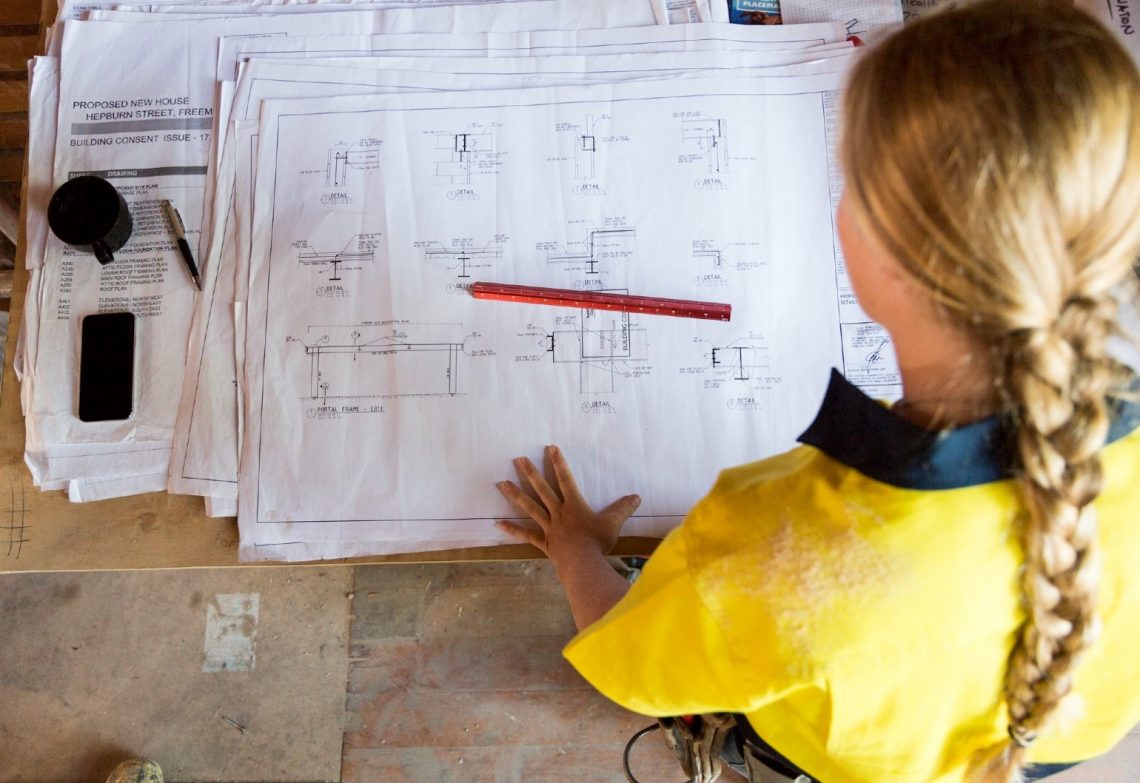From new research into Australia’s construction industry to a robotic dog walking around a power station, this week’s headlines expose the highs and lows of engineering.
Australia becomes the fourth most expensive region for construction labour globally
A report by global professional services consultancy Turner & Townsend reveals Australia to have the fourth-highest cost of labour of any global region amid labour shortages, supply chain disruption, and net-zero demands.
In its 13th year, the International Construction Market Survey (ICMS) examines construction build, labour costs and cost inflation across 88 global markets. The survey’s aim is to provide insights into the market performance of the construction industry globally and within specific regions.
This year’s survey reflects an industry dealing with the impacts of the war in Ukraine and lockdowns in China with 38.8 per cent of the world’s construction markets classifying themselves as ‘hot’ or ‘overheating’ — compared to 10 per cent in 2021.
In Australia, Perth’s construction market is the country’s most expensive market to build in, with an average cost of $2822 per sqm, followed by Sydney at $2699 per sqm.
“[Perth] is suffering from a skills and materials shortage attributed to the reduction in interstate and international skilled labour migration, which is compounded by increased demand because of the government’s multisector stimulus drive,” says Anooj Oodit, Managing Director ANZ and Asia at Turner & Townsend.
In an effort to address this, Western Australia Premier Mark McGowan is touring Ireland and the United Kingdom in a bid to entice international workers to the state to fill in demand jobs, including in the construction sector.
But the skills shortage isn’t specific to Perth or Western Australia. In fact, addressing the skills shortage should be a priority for all Australian governments. This means tapping into experienced migrant engineers already based in Australia with full work rights, according to Engineers Australia.
“Our research shows us there are migrant engineers in Australia who are either under or unemployed,” says Engineers Australia General Manager WA and Principal Engineer Susan Kreemer Pickford FIEAust CPEng EngExec NER.
“Companies should be looking at how they can tap into this talent pool and how they can help educate them in Australian standards and gain local experience.
“We also need to look at how we can keep engineering graduates in the profession. Currently around 40 per cent of engineering graduates don’t practice engineering. By offering better graduate programs and workplace cultures we can help to boost the supply of skilled engineers in the workforce.”
Despite current skills and labour cost challenges, the ICMS reports the average construction cost inflation is predicted to fall in Australia from 8 per cent this year to 5.5 per cent next year — the lowest forecast rate for any global area.
The full report can be downloaded on the Turner & Townsend website.
Meet the onsite robotic dog trailing maintenance duties
Imagine having a four-legged best friend who can run maintenance testing.
That could be the reality for the team at Snowy Hydro’s Tumut 2 Power Station in southern NSW if the trial with Spot the robotic dog goes well.
A Boston Dynamics model adapted by technology company Emesent, Spot is equipped with a 360-degree camera, light detection and ranging scanning hardware, and a robotic arm.
Emesent co-founder Dr Farid Kendoul recently told the ABC that Spot has the ability to open doors and turn levers. The aim is for spot to explore the Snowy Hydro site and collect data to see if it can improve operations.
According to Kendoul more work is needed to understand how Spot would handle tough terrain, but in the meantime Spot is successfully taking itself for a walk around the Snowy Hydro site.
New solution for STEM cell manufacturing
Researchers from the University of Technology Sydney School of Biomedical Engineering, led by biomedical engineer Professor Majid Warkiani, have developed a unique 3D printed system for harvesting stem cells from bioreactors, offering the potential for high quality, wide-scale production of stem cells in Australia at a lower cost
“Our cutting-edge technology, which uses 3D printing and microfluidics to integrate a number of production steps into one device can help make stem cell therapies more widely available to patients at a lower cost,” says Warkiani.
What are microfluidics? It is the precise control of fluid at microscopic levels, which can be used to manipulate cells and particles. According to Warkiani this new system will allow a type of adult cell to divide and differentiate into multiple tissue cells including bone, cartilage, muscle, fat, and connective tissue.



